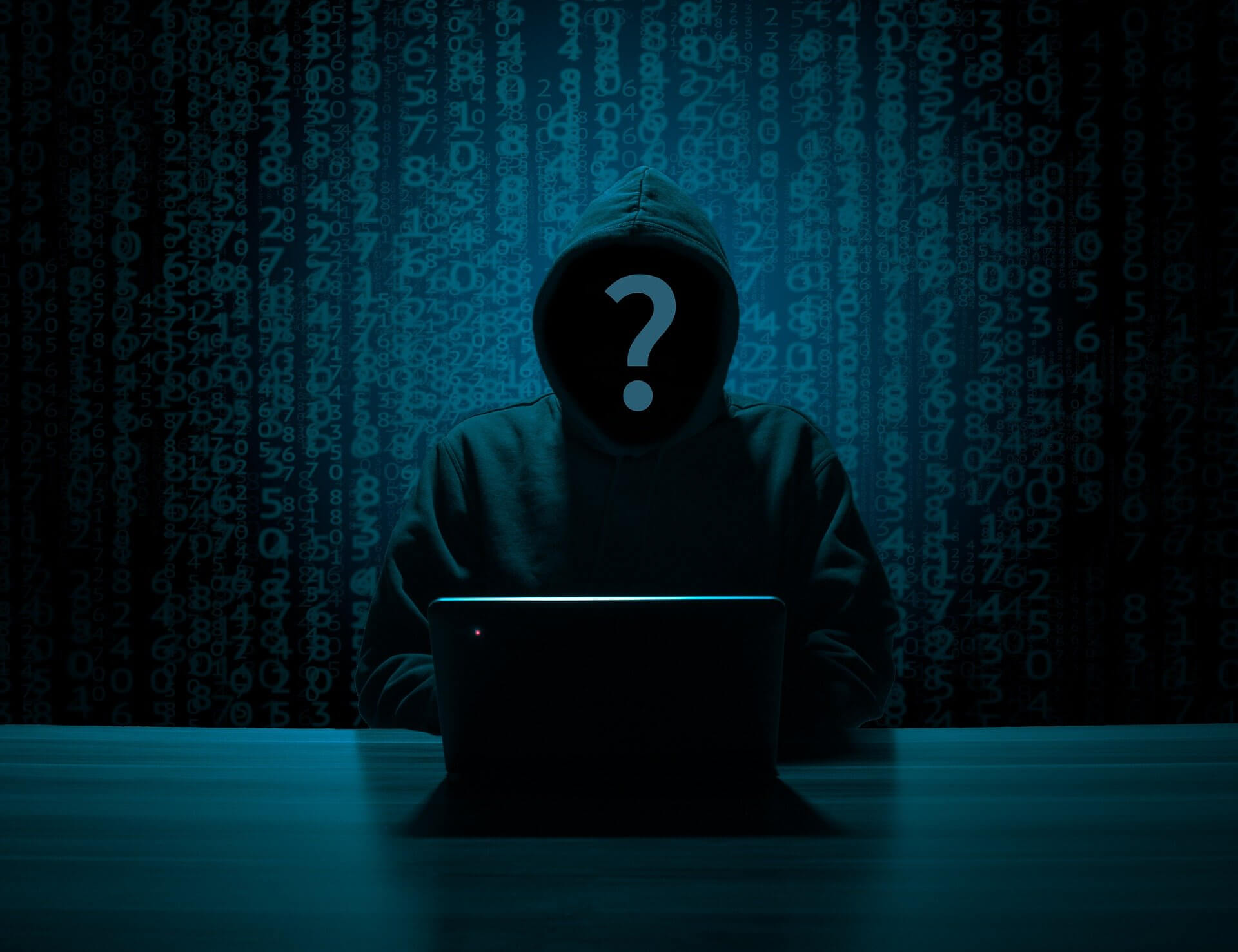Once upon a time, global, devastating cyber attacks were the stuff of Hollywood thrillers, but over time they’ve become an everyday threat. From data breaches and ransomware to infrastructure takeovers, the divide between fiction and reality is becoming blurred.
Whilst films and TV shows are known to exaggerate or dramatize attacks, the scenarios they portray have a solid foundation in real techniques and vulnerabilities. This blog post aims to explore iconic big screen cyber attacks, understanding how realistic they truly are, and what they can teach us about the risks businesses face. Most importantly, they show us how companies can protect themselves from the threats that are increasingly crossing over from fiction to reality.
Cyber threats on the big screen: what’s real and what’s not?
Mr. Robot (2015)
Throughout the show’s 4-year run, it was widely praised for its realistic portrayal of hacking and cyber security. The series focuses on a cyber security engineer and hacker who becomes involved in a plan to take down corrupt organisations through attacks such as, phishing emails to steal credentials, USB drops (leaving “infected” USB sticks in public places), DDoS attacks, and privilege escalation to access restricted systems.
Those familiar with cyber security will understand the real threats these attacks pose, and how easily they can be used to devastate organisations. With input from cyber security experts, the show highlighted real tools and codes businesses should be aware of as well as real-life software like Kali Linux and Metasploit. Mr. Robot highlighted the hidden danger behind these attacks, with hackers relying on social engineering and insider knowledge over brute force tech.
Skyfall (2012)
What happens when a trusted employee turns bad?
After leaving MI6 a former agent turns to cyber terrorism, hacking into the agency’s systems to expose operatives around the globe. What makes this attack so interesting is how simple it is; by uploading a virus through a laptop the villain instantly gains access to the entirety of MI6’s secure systems. Whilst the visual hacking effects are clearly exaggerated, the core concept of inserting malicious code to taint a secure environment is entirely plausible. This even highlights the dangers of malware being delivered via a trusted insider or compromised device.
Zero Day (2025)
Netflix’s recent political thriller explores the aftereffects of a series of co-ordinated cyber attacks targeting critical infrastructure including finance, transportation and communications. This ‘blackout’ has catastrophic consequences from train crashes, plane failures and a staggering death toll. The show reflects rising concerns over the fragility of interconnected systems voiced by agencies such as the NSA and CISA.
Although the cyber weapon used for the attacks is entirely fictional, as infrastructure becomes more digitised, the potential for mass disruption is very real.
Realism check: could these actually happen?
While Hollywood often adds dramatic flair, many of the cyber attack tactics seen on screen are rooted in real-world threats. Phishing, malware, ransomware, and social engineering are all widely used by attackers today and alarmingly effective.
Large-scale infrastructure attacks, like those in Zero Day, would require significant resources and coordination, but they’re not beyond the realm of possibility. We’ve already seen glimpses of this in real incidents like the WannaCry ransomware outbreak and the Colonial Pipeline attack, which disrupted fuel supplies across the U.S.
Some cinematic elements, like lightning-fast hacks or stylised interfaces, are exaggerated, but the underlying vulnerabilities they exploit often exist. The technology is real; what differs is the scale, intent, and sophistication behind it.
Six common weaknesses behind real-world cyber attacks
What makes those big-screen cyber attacks feel believable is that many of the weaknesses they exploit are all too common in real life. Fiction mirrors reality when it comes to how cyber criminals get in:
- Human error remains the #1 cause of breaches, often as simple as an employee clicking a malicious link or downloading a fake attachment.
- Weak or reused passwords are still widespread, making brute-force and credential-stuffing attacks highly effective.
- Lack of cyber security training means staff often miss the red flags of phishing emails, scams, or unusual behaviour.
- Outdated or unpatched software provides attackers with known vulnerabilities to exploit, often with minimal effort.
- Poor network segmentation lets intruders move laterally across systems once they’ve breached a single point.
- Third-party vendors can introduce risk too, especially if they’re granted access without proper monitoring or controls.
These aren’t advanced flaws; they’re foundational. And that’s exactly why they’re so dangerous.
How businesses can stay off the script
Staying protected means being proactive, not reactive.
At SupPortal, we help organisations strengthen their defences through practical solutions. Our penetration testing simulates real-world attacks to uncover hidden vulnerabilities across systems. Cyber risk assessments evaluate your infrastructure, access controls, and policies, delivering a clear remediation plan. We also provide employee training to help staff recognise phishing and social engineering attempts, turning a common weakness into a strong line of defence. And with incident response planning, we ensure your team knows exactly what to do if a breach occurs, minimising disruption and damage.
Even if the scenarios are cinematic, the risks are real but preventable with the right support.
Don’t wait for fiction to become fact
Real businesses have already faced cyber attacks that feel ripped from a movie script, disrupting operations, leaking sensitive data, and damaging reputations. The truth is, these incidents aren’t fiction; they’re happening now, and they’re hitting companies of all sizes.
In a landscape where threats evolve quickly and attackers grow more sophisticated, being reactive just isn’t enough. Proactive cyber security is essential to staying ahead. At SupPortal, we help organisations uncover vulnerabilities, strengthen their defences, and prepare for the unexpected. Get in touch today to make sure your business is protected before it becomes the next cyber thriller.




